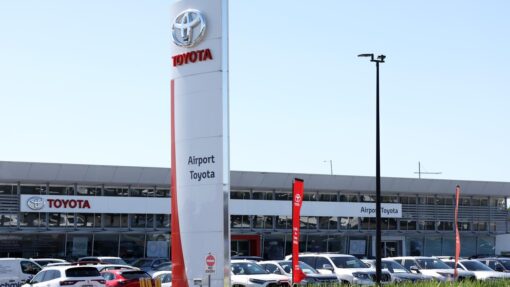Electric cars may save power grid, if drivers let them
Jennifer Dudley-Nicholson |

Electric vehicles could put strain Australia’s energy networks or they might save them and it will be up to motorists to decide which path the nation takes, experts say.
The warning was issued at a Centre for New Energy Technologies seminar on Wednesday, which heard Australia’s power networks were not ready to support a full and immediate transition to electric vehicles.
But technology recently approved for use in Australia could allow battery-powered cars to play a crucial role in storing renewable energy, feeding it back into networks and reducing the need to build infrastructure.
The transition from petrol and diesel to electric cars represented a “once-in-a-lifetime infrastructure shift,” centre chief executive James Seymour said, and could have a significant effect on energy resources.
“What impact will very much depend on how we use our electric vehicles and integrate with the grid and, for that, consumers are definitely in the driver’s seat,” he said.
“If we all switched out today, that’s the equivalent of doubling the number of houses on the grid.”

The move to 100 per cent electric cars could increase electricity demand in Australia by 40 per cent, Electric Vehicle Council energy and infrastructure head Ross De Rango said.
But the vehicles’ energy demands would depend on when drivers recharged them and whether owners were willing to use their cars as batteries on wheels.
Vehicle-to-grid (V2G) technology, which was recently approved for use in Australia, would let drivers connect their cars to the electricity grid to feed power back into the network when needed.
Even if only five per cent of electric car drivers used the technology in 2030 it could deliver significant support to the national grid, Mr De Rango said.
“If there’s 2.5 million (electric and plug-in hybrid cars) on the road in 2030 and we allow for perhaps five per cent of them doing V2G at that time… that’s about 125,000 vehicles,” he said.
“You’re talking about an export capability in the 500 to 1000 megawatt range.”
While V2G technology had only recently been standardised in Australia, consulting firm enX director Jon Sibley said local drivers might embrace the technology like they did with rooftop solar.
“There’s absolutely no reason why we can’t do with vehicles what we did with solar and there’s no reason why by, say, 2040 you couldn’t have about four million vehicles on the road providing these services,” he said.
Vehicle-to-grid technology would require automakers to support the technology in Australia and consumers would need access to approved bi-directional chargers, Mr Sibley said.
Brisbane-based firm RedEarth Energy Storage announced plans to manufacture the technology for release in 2025 but potentially speeding up its delivery.
With further policy support from the government and electricity retailers electric cars could be propping up the power network within the year, Mr De Rango said.
AAP


